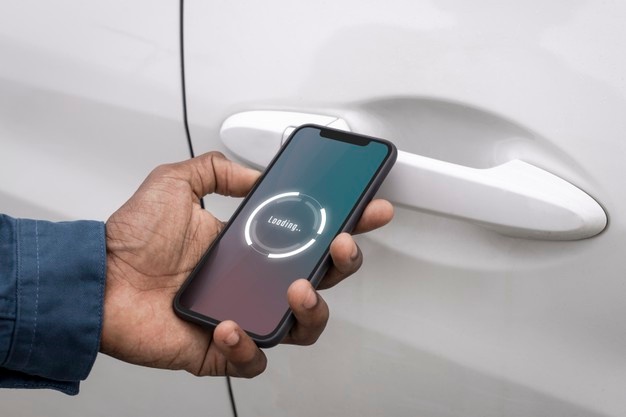
As the world increasingly relies on technology, it is crucial to ensure and test the safety and reliability of any electronic device. If you manufacture an automotive part with electronic circuitry inside, you will know that the device will emit electromagnetic waves while in use. At times these emissions are strong enough to interfere with the functioning of another device in the vicinity. Hence electromagnetic compatibility, or EMC (News - Alert), is compulsory for devices that fall within the electromagnetic spectrum. This is especially true for the automotive industry, where EMC testing is crucial to guarantee the vehicle’s safety.
EMC testing assesses an electronic device's ability to operate and function in its environment without interfering with other devices. A typical passenger vehicle today relies on close to 50 to 75 embedded electronic modules to track and regulate practically all aspects of the vehicle's functioning. These include steering, braking, exhaust pollution controls, safety, and entertainment services in the automobile. And because of the wide range of electronic equipment present in today's automobiles, this testing is very important in the automotive industry. A thorough and multistep test and evaluation procedure is part of product development to ensure these systems' safe and dependable performance. This post outlines the steps required for automotive EMC testing. Before we begin, let us understand what automotive EMC testing is.
What Is Automotive EMC Testing?
Automotive EMC testing monitors the radio frequency (RF) emissions from the vehicle’s electrical systems. It evaluates their sensitivity to RF signals generated by the other devices on the vehicle and sources off the vehicle. EMC testing also includes evaluating the device’s performance while subjected to vehicle steady state and electro-static discharge.
Step 1: The first and most crucial step in vehicle EMC testing and validation is identifying your target markets. Is the vehicle you manufacture being sold to a vehicle OEM or as an aftermarket product? Where will the target user be – in North America, Europe, or Asia? Other things to consider are whether it will be installed on a passenger vehicle, a truck, a construction machine, or other platforms. Finally, will there be wireless connectivity?
If the board is going to be supplied to a car OEM, the OEM will normally offer a design specification outlining their EMC and other electrical requirements. Also, most often than not, the OEM design specification will also identify the applicable regulatory requirements for the target markets. The OEM testing standards often incorporate regulatory requirements into their methods and test limits.
Suppose the product is exclusively an aftermarket electronic subassembly. In that case, the testing emphasizes that it meets the regulatory requirements of the specific country where the product will be used. The manufacturer undertaking tests can meet some government laws to publish uniform requirements and then self-declaring compliance, while others need testing and third-party certification.
Step 2: An EMC certification program requires a well-written test strategy. Most of the vehicle OEMs demand that an EMC test plan be completed by the OEM EMC engineer assigned to the project. The test plan approval procedure is a compulsory requirement for certain OEMs (for example, Ford (News - Alert), FCA, and GM), and any delays in its submission by the supplier to the OEM can affect the test completion dates. The strategy should also consider the testing environment, such as anechoic chambers of an open area test site.
Step 3: It is a usual practice to do pre-compliance testing before proceeding with formal testing. This helps identify potential problems and enables improvements before the final testing stage. This can be done in-house or by hiring a third-party testing lab.
Step 4: During the testing, if any unforeseen issue crops up, it is best to communicate it to the vehicle OEM since they often work with the supplier to resolve any problems. The vehicle OEMs have in-house EMC experts who lend support to the supplier with engineering assistance to help speed up the resolution of the design process.
Finally
The success of this exercise is achieved only if the end user is actively involved in the designing process, which includes the EMC testing. Keeping communication lines open will also build connections with the supplier, increasing the potential for a successful program.
